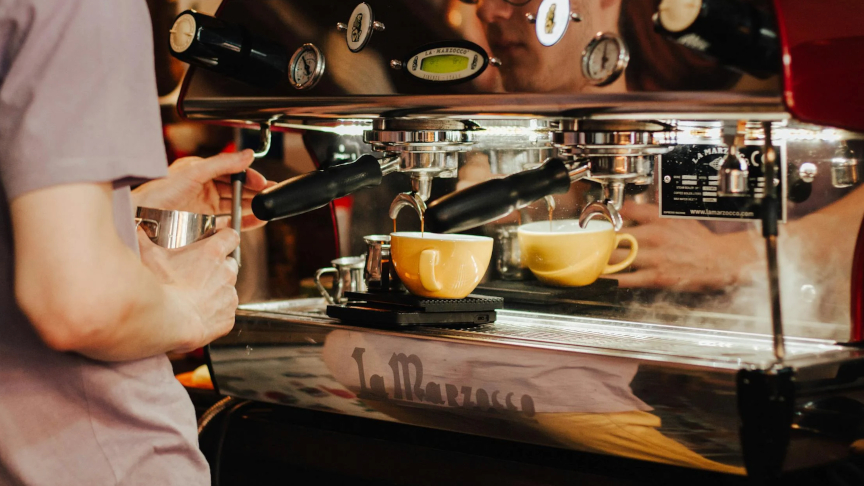Starting a business venture is a rewarding journey, but it is not without its challenges.
From raising funds, to scaling operations efficiently to navigating market competition––the list of obstacles a startup faces is endless. Fortunately, starting a business in 2024 may not be as daunting as it was a decade ago when the Philippine startup ecosystem was young and startups lacked support.
This was the key takeaway in a panel discussion organized by PayMongo, a Philippine-based digital financial services solutions provider, as part of the BUILD Startup Festival held recently at Six/NEO in Bonifacio Global City, Taguig. The event was moderated by PayMongo CEO Jojo Malolos, with PayMongo Co-Founder and Chairperson Luis Sia, Growsari CEO and Co-Founder Ed Rollan, Great Deals E-Commerce Corporation Founder and CEO Steve Sy, and Managing Partner of Foxmont Capital Partners Franco Varona serving as panelists.
To grow the Philippine digital economy by helping aspiring Filipino entrepreneurs survive the ever-growing startup ecosystem, here are the top 4 tips shared by the experts:
1. Know how much time it takes to build your business and stick it out.
This is the advice that Sia, who co-founded PayMongo at the age of 23, would give to his younger self. A startup’s journey to success is a long and bumpy road; hence, founders need to be patient when dealing with obstacles that are bound to come along. Sia encouraged entrepreneurs to have the persistence to see through these roadblocks and turn them into opportunities for success.
“A lot of great problems are solved over a long time,” he added.
2. Choose what you invest in wisely to generate more returns in the long run.
Rollan, coming from his experience with Growsari, explained the importance of understanding your investments, whether in warehousing, logistics, or staff hiring. He further expounds that startups, especially in their early stages, will always be bound with questions and challenges, but knowing which to focus on and your expertise as an owner will be vital to making your business thrive.
“Our business mindset is always, if I do this on my own, I should be the best person to do this in the industry otherwise, it’s better that someone else do it,” Rollan stressed.
3. Know when to grow and scale your business.
Growing and scaling your business are two different matters but both are important in business development, Sy, who steers the business direction of Great Deals E-Commerce Corporation, highlighted. Growing a business is when revenue increases as a result of expanding the organization through new hires, investing in new equipment, and so on. Meanwhile, scaling is when businesses manage their existing resources to efficiently sustain growth. Understanding the difference between these two concepts can help founders determine what they need to raise funds for and get to the next level.
“When you focus too much on growth, you tend to overlook important steps to be able to scale, so it’s important to know the right processes for your business to grow and then eventually be able to scale,” Sy underscored.
4. Before you gain and grow, think rationally about whether you need another investor.
Varona, who engaged a number of entrepreneurs at Foxmont Capital Partners, emphasized that as business owners, you need to have a reality check and ensure that you have a specific intention to raise capital rather than for vanity or increasing your business’ worth.
“Raising money should always be accompanied by very specific reasons, like growing or scaling,” he said.
Aside from these valuable tips, the trailblazers also highlighted the importance of establishing support systems such as mentorships to ensure a productive and encouraging environment for the development of local startups.
“The evolution of the Philippine startup ecosystem over the years has unlocked tremendous opportunities for local entrepreneurs. Support systems and mentorship programs have been critical components in helping these businesses succeed, especially at the early stages,” Malolos said, “hopefully, through events like BUILD, we can continue to foster collaboration and innovation, driving the continued growth of the startup community,” he added.
BUILD, organized by Esquire Philippines and Sinigang Valley Association with support by PayMongo this year, is an annual one-day event convening startup founders, executives, investors, incubators, and government regulators, showcasing the Philippines’ thriving startup networks. This year’s festival concluded with a strong call for entrepreneurship and innovation, encouraging Filipinos to continue solving old problems with new takes through their startups.
PayMongo has recently shifted into a digital financial services provider from an online payments processing company to drive the Philippine digital economic growth by transforming business owners into digital Filipino entrepreneurs.


 BizNews3 weeks ago
BizNews3 weeks ago
 BizListing3 weeks ago
BizListing3 weeks ago
 BizNews4 weeks ago
BizNews4 weeks ago
 BizNews3 weeks ago
BizNews3 weeks ago
 BizNews6 days ago
BizNews6 days ago
 BizNews6 days ago
BizNews6 days ago
 BizNews2 weeks ago
BizNews2 weeks ago
 BizWiz2 weeks ago
BizWiz2 weeks ago













